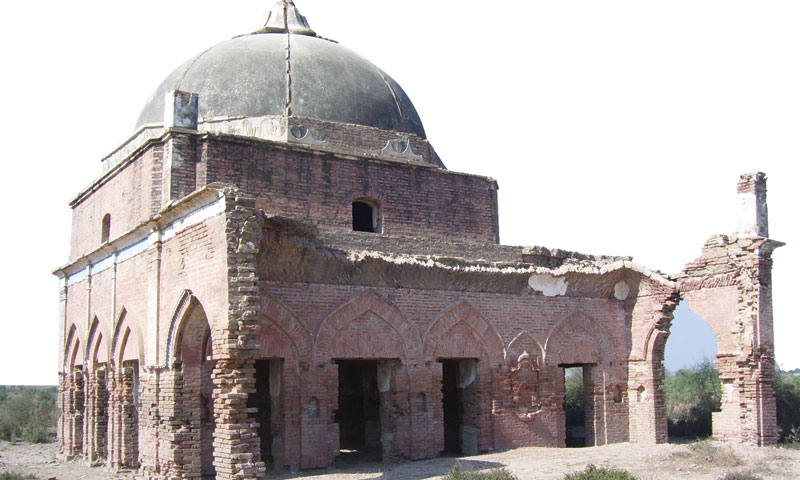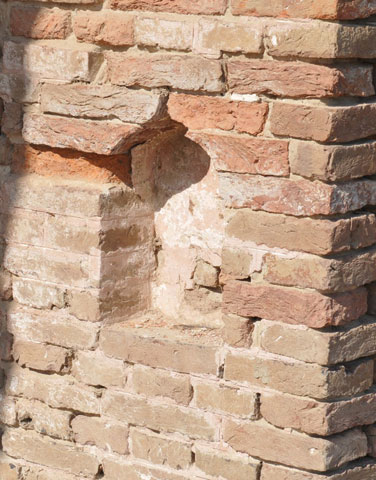Several towns and villages in Sindh can trace their roots to ancient times, and the village of Manjhand is one of them. Located on the banks of the river Indus in the area of Kacho, the old Manjhand was washed away over the centuries. The present day Manjhand stands on the remains of the old village with a crumbling Shiva temple being the only remaining symbol of Manjhand’s past glory.
An active river harbour, Manjhand prospered from the time of the Talpurs right through to the British period, thanks to its flourishing trade. The traders belonging to the Manjhand Hindu community were known all over the world and their trade spread up to Java, Sri Lanka, Gujarat, Persia, Iraq, Rome, Africa and Europe.
Professor Abdullah Magsi in his book, Sindh-Ji-Tareekh Jo Jadeed Mutaleo, writes that the Hindu communities had built magnificent, tall buildings in the town. According to local legends, there was a beautiful garden known as the ‘Priest’s garden’ and a dharam shaala near the temple. The garden was irrigated by the charkhi or naar — an ancient method of irrigation.
Located 2km north-east from the present-day Manjhand, the temple is approximately 30 feet in length, 25 feet in breadth and 16 feet high. An arched entrance extends from the north-east while detailed brick carvings and beautiful fresco paintings adorn the outer and inner walls of the temple.
The compound wall built with baked bricks surrounding the temple has vanished over the centuries along with the veranda. The beautiful burnt bricks of the temple wall were laid using a gypsum paste or cheeroli.
The construction and the carving on the arches of the inner part of the dome resemble the inner side of Jamia Masjid of Khudabad, Masjid of Samtani and the tomb of Mian Yar Muhammad Kalhoro in Dadu District. The temple walls have several niches which were probably used for sculptures or lamps.
According to locals, the dharam shaala near the temple was used for the lodging and boarding of Hindus who came from other parts of Sindh at the time of the annual fair held at the temple where famous Sindhi singers such as Bhagat Kanwar Ram would perform.
The ancient Shiva temple is a unique monument and a part of our prestigious heritage. It is dilapidated and there is an urgent need to protect and conserve this rich legacy.















































